The Science Behind Biodegradable Phone Cases
Meta Description
Discover the science behind biodegradable phone cases made from wheat straw. Learn about the materials, manufacturing processes, and environmental benefits.
Introduction
In recent years, the tech industry has embraced a wave of eco-friendly initiatives aimed at reducing environmental impact. From energy-efficient devices to sustainable production practices, these efforts are crucial in addressing the growing concern over climate change and pollution. Among these initiatives, biodegradable phone cases have emerged as a popular and practical solution. These cases offer a significant reduction in plastic waste, which is a persistent environmental challenge. This article delves into the science behind biodegradable phone cases, exploring the materials used, the manufacturing processes involved, and the numerous benefits they offer.
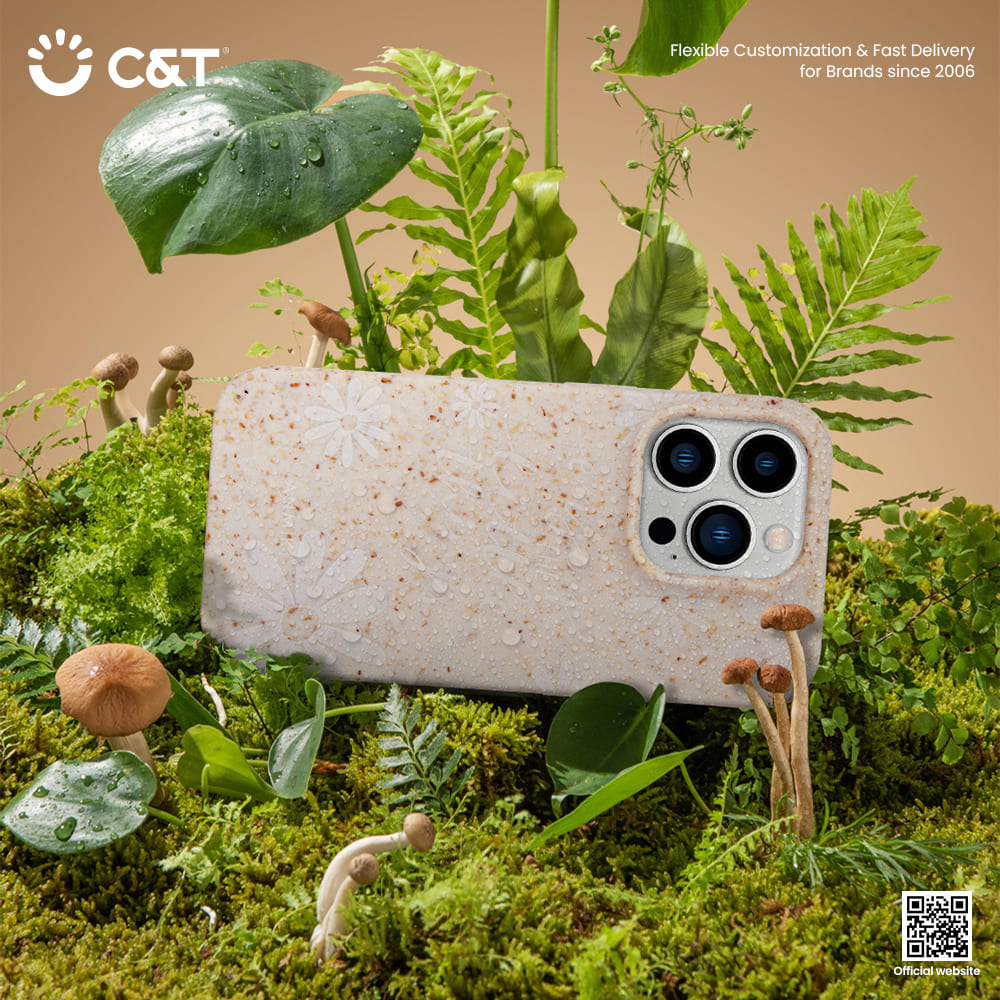
Understanding Biodegradable Materials
Biodegradable materials are substances that can be broken down by microorganisms, such as bacteria and fungi, into natural elements like water, carbon dioxide, and biomass. Unlike traditional plastics, which can take hundreds of years to decompose, biodegradable materials break down relatively quickly, minimizing their environmental footprint.
Types of Biodegradable Materials Used in Phone Cases
Several biodegradable materials are used in the production of phone cases, each with unique properties and benefits. Some common materials include:
1. Polylactic Acid (PLA): Derived from fermented plant starch (usually corn), PLA is a popular biodegradable plastic known for its versatility and ease of processing.
2. Polyhydroxyalkanoates (PHA): Produced by bacterial fermentation of sugar or lipids, PHAs are fully biodegradable and can be tailored for various applications.
3. Wheat Straw: A byproduct of wheat production, wheat straw is an increasingly popular material for biodegradable phone cases due to its sustainability and availability.
4. Bamboo Fiber: Known for its strength and biodegradability, bamboo fiber is another eco-friendly option used in various products, including phone cases.
What is Wheat Straw and Why is it Used for Phone Cases?
Wheat straw stands out as a particularly sustainable choice for biodegradable phone cases. As an agricultural byproduct, it offers a way to repurpose waste material that would otherwise be discarded or burned, contributing to environmental pollution.
Wheat straw is composed of cellulose, hemicellulose, and lignin, making it a robust and durable material. Its fibrous nature provides excellent strength and flexibility, which are essential properties for phone cases. Additionally, wheat straw is abundantly available, making it a cost-effective and sustainable alternative to traditional plastics.
Why Wheat Straw is Chosen Over Other Materials
Wheat straw is chosen over other materials for several reasons:
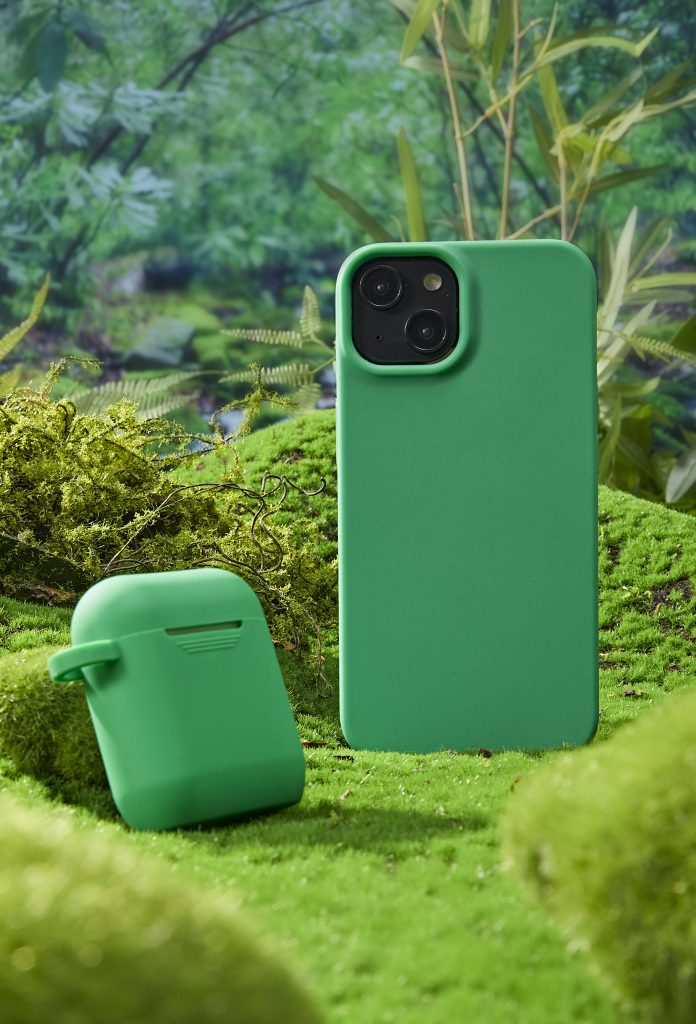
Environmental Benefits: Utilizing wheat straw reduces agricultural waste and lowers the carbon footprint associated with phone case production.
Economic Efficiency: Wheat straw is inexpensive and readily available, reducing production costs.
Performance: Wheat straw-based materials are strong, durable, and biodegradable, making them ideal for protective phone cases.
The Manufacturing Process
The manufacturing process of a wheat straw phone case involves several steps, each designed to ensure the product is both functional and eco-friendly.
Step-by-Step Process of Manufacturing a Wheat Straw Phone Case
1. Collection and Preparation: Wheat straw is collected from agricultural sites and cleaned to remove impurities.
2. Pulping: The straw is pulped, breaking it down into smaller fibers.
3. Mixing with Biodegradable Polymers: The pulped straw is mixed with biodegradable polymers like PLA to enhance its moldability and durability.
4. Molding: The mixture is then injected into molds to form the shape of the phone case.
5. Finishing: The molded cases are cooled, trimmed, and inspected for quality.
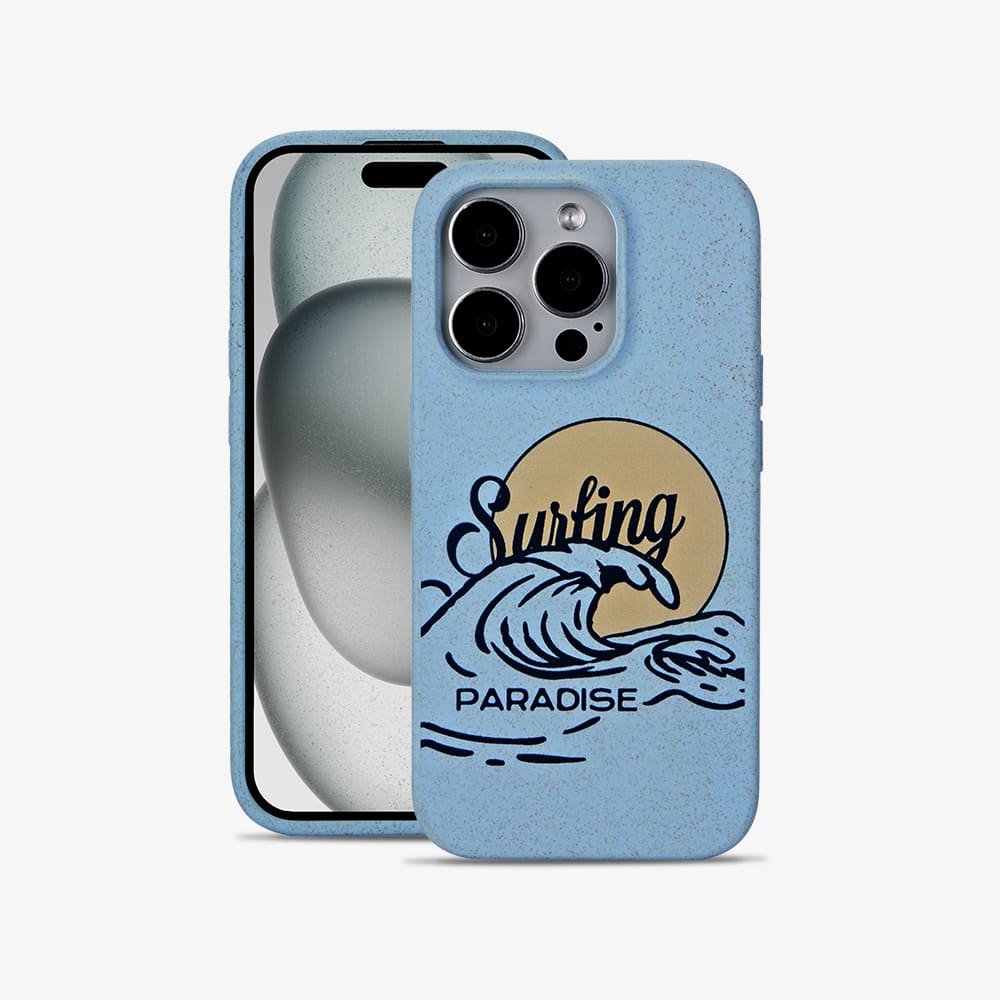
Environmental Impacts of the Manufacturing Process
The manufacturing process of wheat straw phone cases is designed to minimize environmental impact. The use of agricultural waste reduces the need for virgin materials, and the biodegradable nature of the polymers ensures that any waste produced is not harmful to the environment. Additionally, the energy required for production is significantly lower than that of traditional plastic cases, further reducing the carbon footprint.
How Do Wheat Straw Phone Cases Decompose
One of the most significant benefits of wheat straw phone cases is their ability to decompose naturally, reducing the burden on landfills and the environment.
How Wheat Straw Phone Cases Decompose
Wheat straw phone cases decompose through the action of microorganisms that break down the cellulose and other organic components. This process typically occurs over several months, depending on environmental conditions such as temperature, humidity, and microbial activity. The end products of decomposition are harmless substances like water, carbon dioxide, and biomass, which can be absorbed into the ecosystem without adverse effects.
Comparison with Traditional Plastic Cases
Traditional plastic cases can take hundreds of years to decompose, often breaking down into microplastics that persist in the environment and pose significant risks to wildlife and human health. In contrast, wheat straw phone cases decompose fully and relatively quickly, leaving no harmful residues. This stark difference highlights the environmental superiority of biodegradable phone cases.
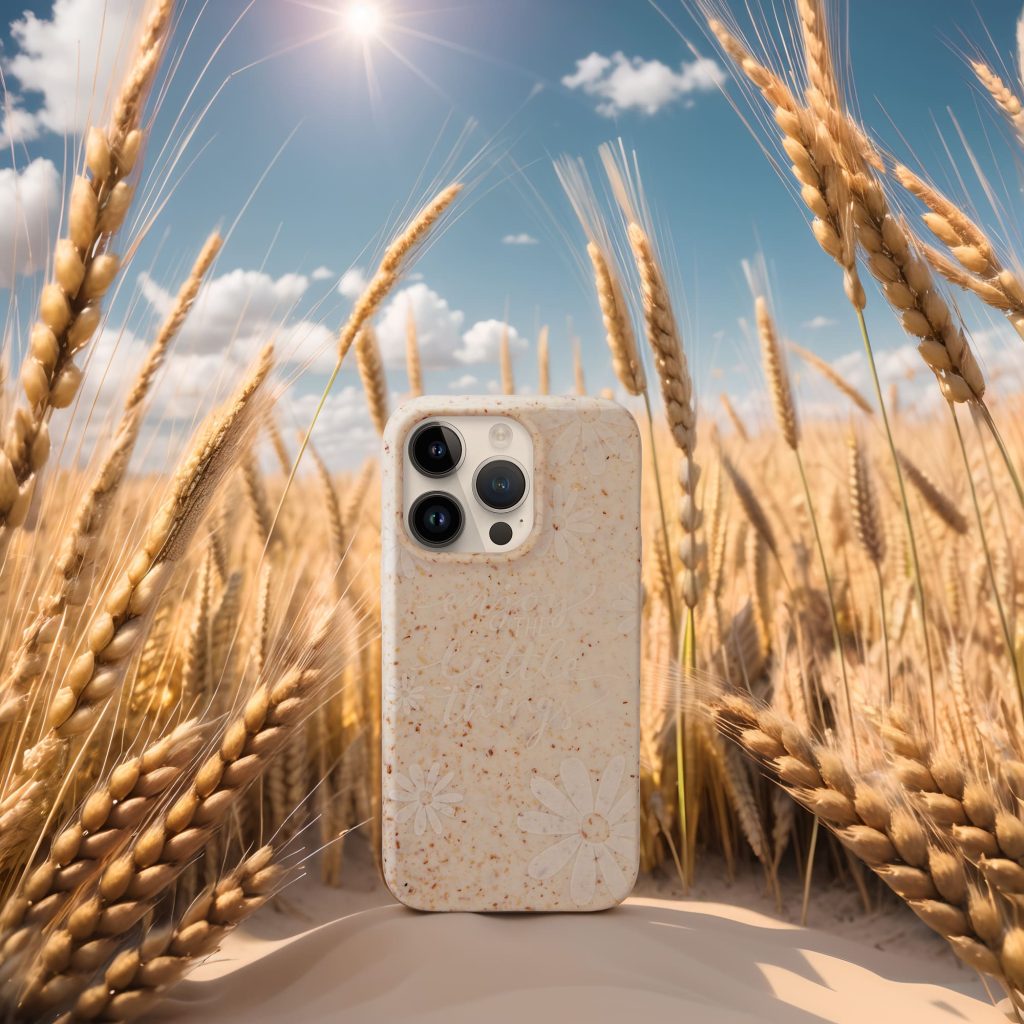
Case Studies
Countries like Japan and South Korea are at the forefront of adopting and innovating biodegradable phone cases, driven by strong environmental policies and consumer demand for sustainable products.
Adoption and Innovation in Biodegradable Phone Cases
In Japan, companies like Pela have introduced biodegradable phone cases made from wheat straw and other eco-friendly materials. These cases are marketed as part of a broader effort to reduce plastic waste and promote sustainability. Similarly, in South Korea, startups and established companies alike are investing in the development of biodegradable phone cases, often incorporating local agricultural byproducts.
Impact on Local Ecosystems and Waste Management
The adoption of biodegradable phone cases in these countries has had a positive impact on local ecosystems and waste management practices. By reducing reliance on traditional plastics, these initiatives help decrease plastic pollution and promote more sustainable waste management practices. Additionally, the use of local agricultural byproducts supports rural economies and reduces the environmental impact of transporting raw materials.
What Do Consumers Think About Eco-Friendly Phone Cases?
The growing awareness of environmental issues has led to a surge in consumer demand for eco-friendly products, including biodegradable phone cases.
Analysis of Consumer Demand for Eco-Friendly Products
Consumers today are increasingly conscious of their environmental footprint and are actively seeking products that align with their values. This trend is particularly evident in the tech accessories market, where biodegradable phone cases have become popular due to their combination of functionality and sustainability. Surveys indicate that a significant portion of consumers are willing to pay a premium for eco-friendly products, reflecting the value they place on sustainability.

Trends in the Global Market for Sustainable Tech Accessories
The global market for sustainable tech accessories is expanding rapidly, driven by consumer demand and regulatory pressure to reduce plastic waste. Companies are responding by developing a wide range of biodegradable phone cases and other accessories, often highlighting their environmental benefits in marketing campaigns. This trend is expected to continue as more consumers prioritize sustainability in their purchasing decisions.
Future Outlook
The future of biodegradable phone cases is bright, with ongoing research and development aimed at enhancing their properties and expanding their use. Innovations in material science are likely to produce even more efficient biodegradable polymers, further reducing costs and improving performance. Additionally, increased consumer awareness and regulatory support will continue to drive the market for eco-friendly products.
Emerging trends such as circular economy practices, where products are designed for reuse, repair, and recycling, will also influence the development of biodegradable phone cases. Companies may begin to offer take-back programs, encouraging consumers to return used phone cases for proper recycling or composting. This shift towards a circular economy will help close the loop on waste, ensuring that materials are continuously repurposed and kept out of landfills.
Moreover, collaborations between tech companies and environmental organizations can foster greater innovation and adoption of sustainable practices. By working together, these entities can develop new standards and certifications for biodegradable products, giving consumers confidence in their environmental benefits.
Conclusion
Biodegradable phone cases represent a significant step forward in the effort to reduce plastic waste and promote sustainable consumption. Made from materials like wheat straw, these cases offer a practical and eco-friendly alternative to traditional plastic cases. The benefits of biodegradable phone cases are numerous: they reduce environmental pollution, support sustainable agriculture, and align with growing consumer demand for eco-friendly products.
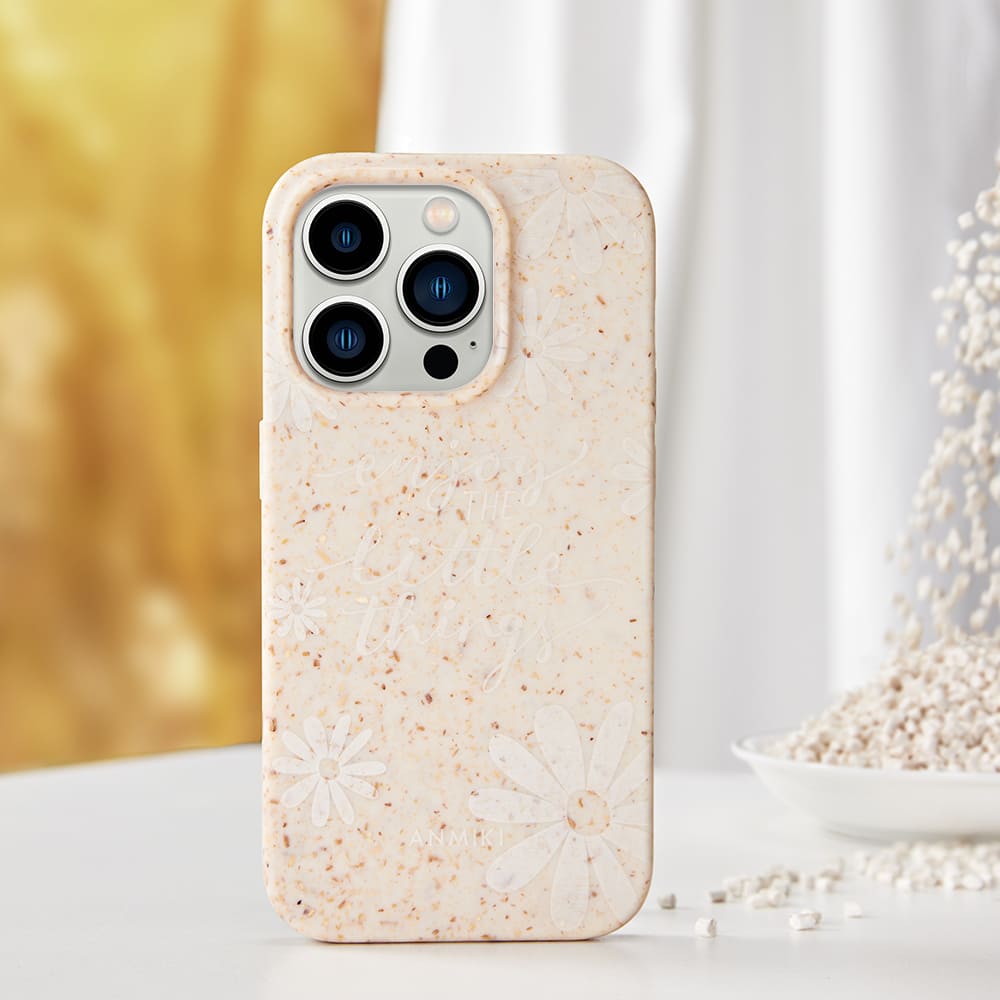
Looking to the future, the continued innovation and adoption of biodegradable materials in tech accessories hold great promise. As technology and manufacturing processes improve, we can expect to see even more sustainable options become available, further contributing to a cleaner and healthier planet. By choosing biodegradable phone cases, consumers can play a crucial role in driving this positive change and supporting a more sustainable future.
Ready to make a positive impact on the environment? Protect your iPhone 14 with our eco-friendly wheat straw biodegradable phone case. Made from sustainable materials, this case not only safeguards your device but also helps reduce plastic waste. Click here to make the switch to a greener, more sustainable choice today! Join us in our mission to reduce plastic waste and embrace sustainable tech accessories.
For custom solutions, don’t miss our ODM service. We believe we can bring value to your business with our expertise and innovative designs. Feel free to get in touch with us today!





